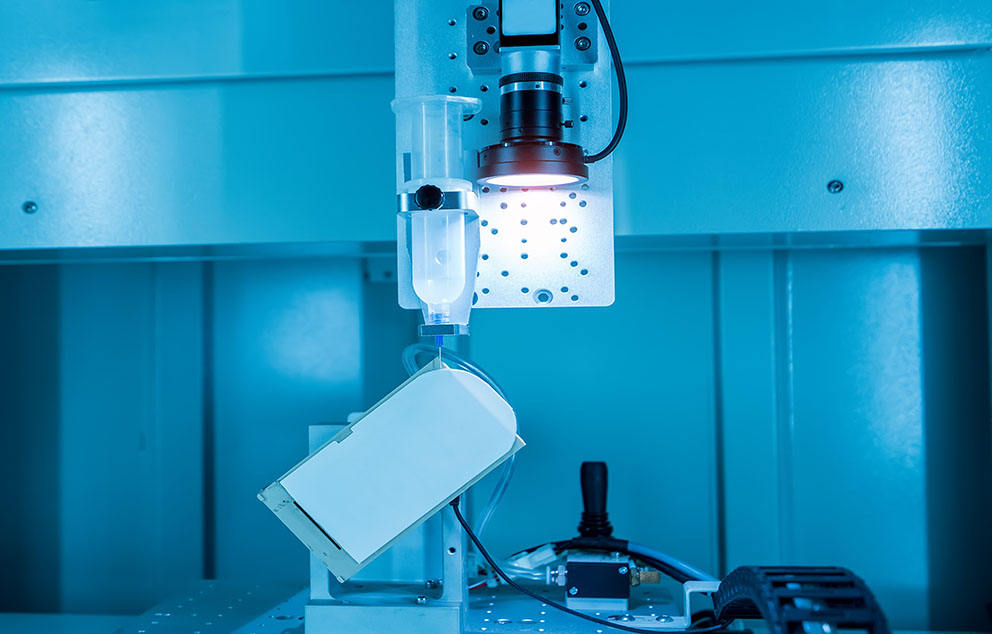- Have any questions? Contact Us Now !
- +65 6547 4162
- sales@bestell.com.sg
What Are The Components of A Machine Vision System
Area Scan vs. Line Scan Camera: The Difference
January 4, 2018How To Choose A Suitable Machine Vision Smart Camera
January 8, 2018What Are The Components of A Machine Vision System

The success of a particular device is always dependent on the components used in completing it. Hence, it is logical to conclude that quality components are the keys to achieving optimal results for a device like a smart camera. In this article, our primary focus will be about machine vision systems, the latest innovation in the industrial manufacturing. This invention aids in cost effectively controlling quality of goods produced, detecting possible errors, mistakes or defects of the items produced during the manufacturing process.
The questions now are: What are the important components that make up a machine vision system? What does each component do? To know the answers, make sure to read this article up to the end. This write up will highlight the significant parts that make up a perfect machine system.
Image Sensor
This is also known as a vision sensor, which is responsible for analysing images captured by the camera to determine the accuracy of assembly or the presence of defects. Two types of vision sensors are most commonly found on the market, orthographic projection and perspective projection. In an orthographic projection type, the field of vision is rectangular, making it suitable for infrared sensors. In contrast, the perspective type projects a trapezoidal field of view, making it more suitable for camera-type sensors.
Vision Processor
From the name itself, it is clear that the processor is in charge of running machine vision algorithms. It may include a direct interface that has the capacity to take relevant data from a camera device. Basically, it is essential to ensure that the image processing is completed without any mistake or error.
Communication Interface
Another essential component is called the communication interface, which connects the other parts in the vision system. It is necessary to facilitate data transmission. This interface is usually attached to smart camera or other vision devices. Through this, the vision system can link data from the device to particular software that is run in a separate personal computer.
Lighting
Every vision system must have a working lighting analysis sequence. These are the common sources of lighting that is available in most machine vision systems:
- LED
- Mercury (also known as Metal Halide)
- Xenon
- Quartz Halogen
- Fluorescent
The type of lighting devices used depends on the purpose for the creation of the vision system. At the same time, it is also dependent on how big the vision stations are.
Lens
The lens must be matched with the image sensor installed in the vision system. This transparent material has curved sides that are employed to disperse light rays. It can be used singly or can be combined with other lenses. What makes this special is that it is considered as the light-gathering component of the vision system.
All these parts are equally essential in order to guarantee that the vision system will provide utmost satisfaction to all its users. The absence of one component will render the entire system worthless. Having said this, your goal is to ensure that all the important components are working upon the installation of the vision system for industrial manufacturing purposes.
To make this happen, it is highly recommended to talk to a professional vision system expert who can help you inspect and recommend the appropriate vision system, before guiding you in the installation process.
